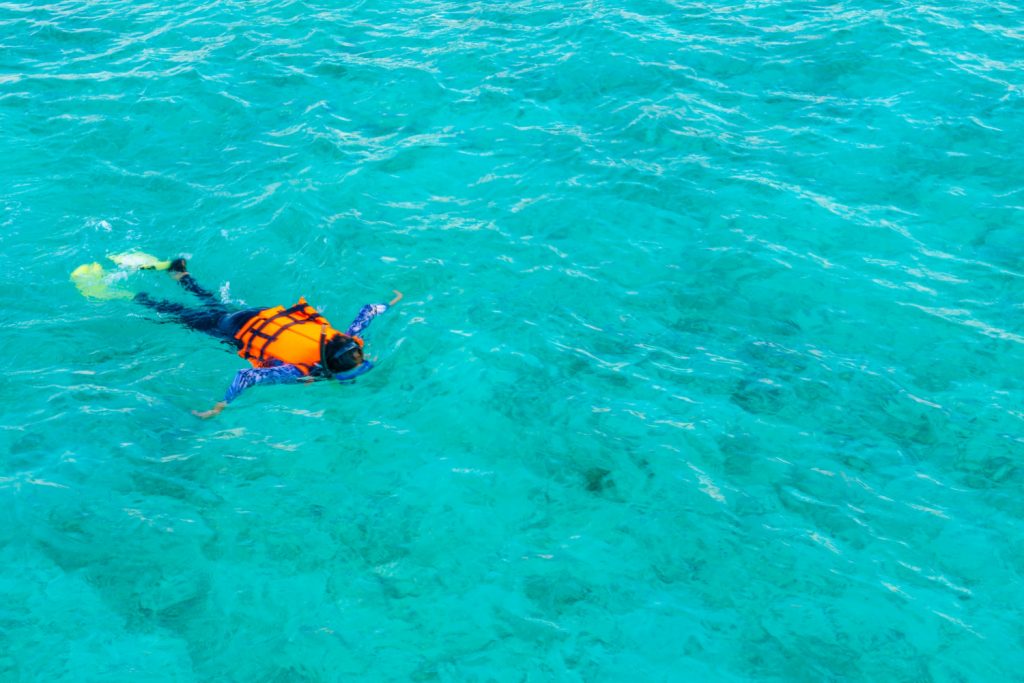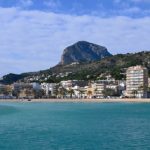Nestled along Spain’s picturesque Costa Blanca, Jávea is a dream destination for divers and marine enthusiasts. Renowned for its crystal-clear waters, diverse marine life, and dramatic underwater landscapes, Jávea offers unforgettable diving experiences. Whether you are a seasoned diver or a beginner eager to explore the depths, this coastal gem promises adventure, beauty, and a deep connection with the sea.
Why Dive in Jávea?
Jávea’s location is uniquely blessed with a coastline that combines Mediterranean charm with rugged cliffs, hidden caves, and turquoise waters. Its underwater world is teeming with life, from vibrant coral reefs to schools of fish, octopuses, and the occasional seahorse. The visibility here is unparalleled, often exceeding 20 meters, making it ideal for underwater photography and exploration.
The region also boasts a variety of dive sites suitable for all levels, ranging from shallow, beginner-friendly areas to challenging caves and tunnels for advanced divers. With water temperatures averaging 20–25°C during the diving season, Jávea provides a comfortable and enjoyable diving experience year-round.
Top Diving Sites in Jávea
1. Cala Blanca
Cala Blanca is a favorite among beginners and snorkelers. Its shallow waters and gentle currents provide an excellent introduction to Jávea’s underwater world. Divers can encounter a variety of marine species, including starfish, small wrasses, and sea urchins, amidst the rocky seabed.
2. La Granadella
Frequently voted as one of the most beautiful beaches in Spain, La Granadella also offers an impressive underwater landscape. Divers can explore its steep underwater walls and discover small caves filled with marine life. The area is also ideal for night dives, revealing a completely different world illuminated by moonlight.
3. Portitxol Island
A short boat ride from the mainland, Portitxol Island is a must-visit for divers. Its clear waters and varied depths make it suitable for all skill levels. The site features fascinating rock formations, underwater arches, and a vibrant ecosystem of fish, crabs, and mollusks.
4. Cap de Sant Antoni Marine Reserve
This protected marine reserve offers some of the most pristine diving experiences in Jávea. The area is rich in biodiversity, including grouper, barracuda, and moray eels. The reserve also includes underwater cliffs that plunge dramatically into the depths, providing a thrilling dive for experienced adventurers.
5. Cova Tallada
Cova Tallada, or the "Carved Cave," is one of Jávea’s most unique dive sites. Accessible only by water, the cave features intricate rock formations and a series of underwater tunnels. The play of light inside the cave creates an ethereal atmosphere, making it a photographer’s paradise.
Diving Schools and Tours
Jávea has a vibrant diving community with several reputable diving centers catering to both beginners and experienced divers. These schools offer courses ranging from introductory dives to advanced certifications, ensuring safety and a rich learning experience. Guided tours are also available, allowing divers to explore Jávea’s underwater treasures with the expertise of local instructors.
Some of the well-known diving centers in Jávea include:
- Scuba Jávea: Renowned for its professional instructors and variety of dive packages.
- Hammersea Divers: Offers personalized diving experiences with small group sizes.
- Centro de Buceo Jávea: Specializes in guided tours to unique dive spots, including the Cova Tallada and Portitxol.
Marine Life You’ll Encounter
Jávea’s marine ecosystem is a vibrant tapestry of life. Divers can expect to see:
- Colorful Fish: Including damselfish, wrasses, and bream.
- Cephalopods: Like octopuses and cuttlefish, often camouflaged among the rocks.
- Crustaceans: Lobsters and crabs hiding in crevices.
- Coral and Sponges: Adding splashes of color to the underwater landscape.
- Rare Sightings: Seahorses, rays, and even sea turtles during certain seasons.
The biodiversity of Jávea’s waters reflects the health of its marine environment, making it a haven for both divers and marine biologists.
When to Dive in Jávea
While diving in Jávea is possible year-round, the best time to visit is between May and October. During these months, the Mediterranean waters are warm, and marine life is abundant. Visibility is also at its peak, providing excellent conditions for exploration and photography.
For those interested in a quieter experience, consider visiting in May or September, when the tourist crowds are thinner but the waters remain inviting.
Sustainable Diving Practices
As you embark on your diving adventure in Jávea, it’s crucial to adopt sustainable practices to protect the marine environment. Follow these tips for responsible diving:
- Avoid Touching Marine Life: Observing creatures without disturbing their natural behavior ensures their safety.
- Use Reef-Safe Sunscreen: Traditional sunscreens can harm coral and other marine organisms.
- Do Not Collect Souvenirs: Leave shells, corals, and other natural elements where they belong.
- Respect Local Regulations: Especially when diving in marine reserves like Cap de Sant Antoni.
By diving responsibly, you contribute to the preservation of Jávea’s underwater beauty for future generations.
Beyond Diving: Jávea’s Charm
While diving is the highlight, Jávea offers plenty of attractions above the water. Explore its charming Old Town with whitewashed buildings and narrow streets, relax on its pristine beaches, or indulge in fresh seafood at waterfront restaurants. The Montgó Natural Park is also worth a visit for hiking and breathtaking views of the coastline.
Conclusion
Diving in Jávea is a gateway to an enchanting underwater world brimming with life, color, and mystery. Whether you’re navigating the caves of Cova Tallada or exploring the vibrant reefs of La Granadella, every dive in Jávea is a unique journey. Coupled with its rich cultural heritage and stunning landscapes, Jávea promises an adventure that stays with you long after you surface. So pack your gear, dive in, and discover the magic of Jávea beneath the waves.
Frequently Asked Questions (FAQs)
What is the best time to dive in Jávea?
The best time to dive in Jávea is between May and October when water temperatures are warm, and marine life is abundant
Are there diving spots for beginners in Jávea?
Yes, sites like Cala Blanca and Portitxol Island are perfect for beginners due to their shallow waters and calm conditions
What marine life can I expect to see in Jávea?
You can encounter fish like damselfish and wrasses, cephalopods like octopuses, crustaceans, coral, and even seahorses or rays
Do I need certification to dive in Jávea?
While certification is required for advanced dives, beginners can join introductory dives or get certified at local diving centers
What safety measures should I follow while diving?
Always dive with a buddy, follow your instructor’s guidelines, and respect marine life to ensure a safe and enjoyable experience





